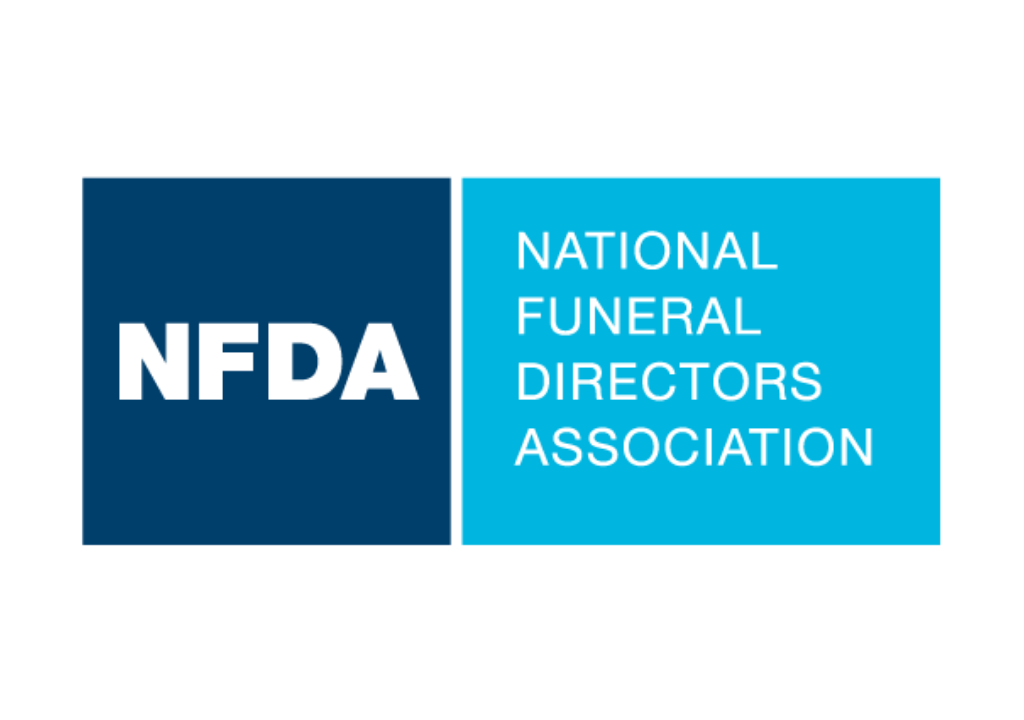Funeral Homes Seek to Legalize 'Bio-Cremation' as a Green Alternative

A bill headed for an Assembly vote would broaden the definition of cremation to include the use of either fire and water, thus legalizing the alkaline hydrolysis method, which speeds up decomposition.
California funeral directors are eager to start offering clients a new natural and greener way to dispose of their loved ones’ remains, but they need a change in state law first.
Funeral homes and crematoria want to use a liquid chemical process to dissolve bodies instead of cremating them with fire.
“It’s green. It’s clean. It’s environmentally friendly and it reduces the carbon footprint,” said California state Assemblyman Jeff Miller (R-Corona), who wrote legislation to make the so-called bio-cremation method legal.
Miller said his bill was prompted by a funeral home director in his district who might may buy a bio-cremation machine. The measure would broaden the definition of cremation to include the use of either both fire or and water. Two committees already have approved the measure unanimously, and the full Assembly must pass it before it goes to the Senate.
“I think this would be a great alternative for families,” said Chris Miller, owner of Thomas Miller Mortuary in Corona, who first approached the assemblyman. The two men are not related.
Should the law pass, California would be only the second state to allow bio-cremation, technically known as alkaline hydrolysis. Florida has approved the process, and its first commercial bio-cremation facility is expected to become operational in St. Petersburg in the next few months.
Though no one has started using bio-cremation commercially, the technology already has grabbed the funeral industry’s attention, said Bob Achermann, executive director of the California Funeral Directors Assn.
“There will be consumer demand,” he said, especially among people who have personal or environmental qualms about combustion cremation.
One advantage of bio-cremation to the state’s 1,000 funeral homes and crematoria is that it doesn’t require them to go through the difficult and expensive procedure for obtaining air emission permits from local air pollution agencies.
Prices for bio-cremation machines range from $200,000 to $400,000 each, and only a few companies make them. Sales to just a one-tenth of the nation’s 20,000 funeral homes and crematoria would generate $400 million in revenue for a manufacturer, said Bradley D. Crain, president of bio-cremation machine maker BioSafe Engineering in Brownsburg, Ind.
And the revenue-generating potential is high for the funeral industry. The average price to the consumer for alkaline hydrolysis is expected to be about $2,500, similar to prices charged for cremation by fire.
Either process is far below costs far less than the $7,500 cost for a conventional funeral and burial in a casket, , said f said James Olson, a spokesman for the national Funeral Directors Assn. trade group.
Funeral home executives are very interested because they expect the new technology to attract environmentally aware baby boomers, Olson said. James Olson, a spokesman for the national Funeral Directors Assn. trade group.
The boomers have helped launch “a green movement in the funeral industry that is gaining momentum” as some cemeteries have started offering burials with biodegradable caskets or no casket at all, he said. In bio-cremation, a pressurized system helps decompose a body naturally in about three hours.
“Cremation is not a green process. It takes a lot of fossil fuel to do it and it puts out a small emission,” he Olson said.
Bio-cremation, though cutting-edge an advanced technology for human remains, has been used for years to dispose of animal carcasses at veterinary, biotech and pharmaceutical testing facilities.
The nation’s first non- noncommercial, institutional bio-cremations on human remains began in 1998 at the University of Florida in Gainesville with medical-school cadavers. A decade later, a similar bio-cremation system was installed to dispose of bodies that had been donated at the Mayo Clinic in Rochester, Minn.
At least two manufacturers are aggressively marketing their alkaline hydrolysis machines. A joint venture between a Scottish company and Matthews International Corp. in Pittsburgh garnered attention in November at the Boston convention of the national trade group.
BioSafe, which is installing a unit at a Tennessee funeral home, has received inquiries from mortuaries in every state. The company said it has sold more than 85 alkaline hydrolysis machines to institutional users worldwide, including the Mayo Clinic, the Lawrence Livermore National Laboratory, the San Diego Zoo and Genentech, a unit of pharmaceutical giant Roche Group.
In the end, Essentially, bio-cremation simply is a speeded-up version of what happens to a corpse that is buried in the ground, BioSafe’s Crain said.
“All we’re doing is accelerating the natural decomposition,” he said. “We’re returning the body to the ecological system just as nature intended.”
That benign process, he said, already appears to have received at least a tentative endorsement from Roman Catholic scholars.
A 2008 National Catholic Bioethics Quarterly analysis argued said that “like cremation, alkaline hydrolysis could qualify ‘in cases of necessity’ as the moral alternative to Christian burial.”
Bio-cremation, Crain predicted, could become widespread once it is understood by funeral directors and their clients.
“If you give a consumer a choice of water versus fire, they will pick water nine 9 times out of 10,” said Crain said. “It’s perceived as a more sympathetic process than being burned. It’s more dignified.”
Source: LATimes.com



